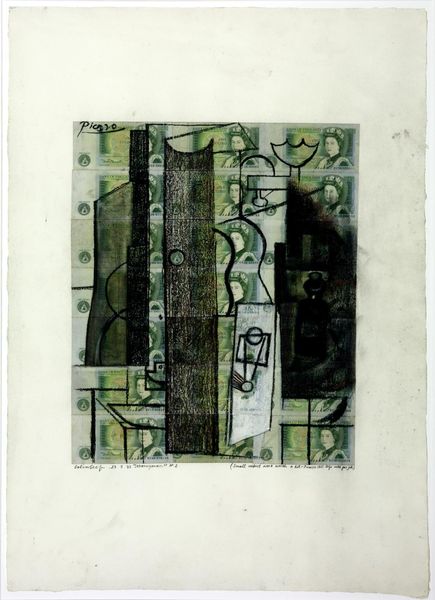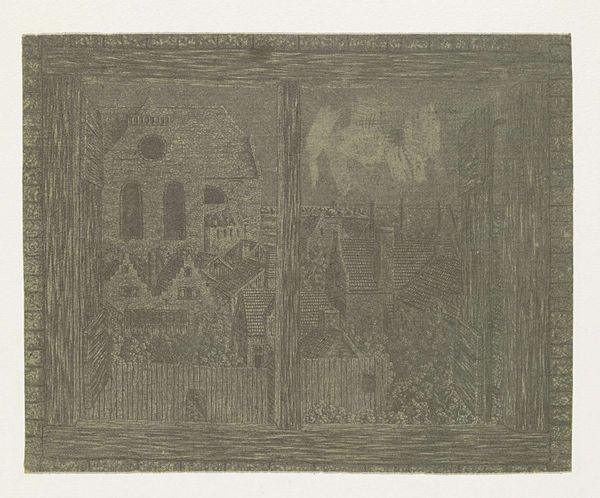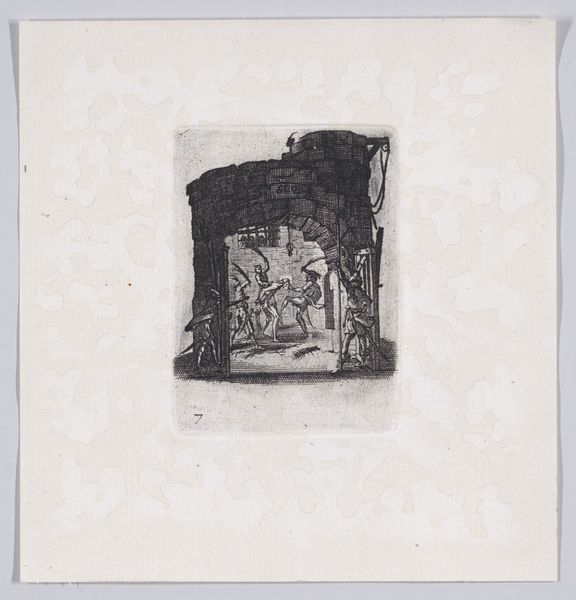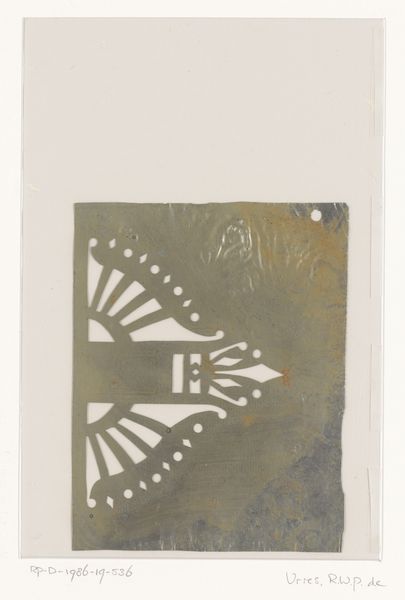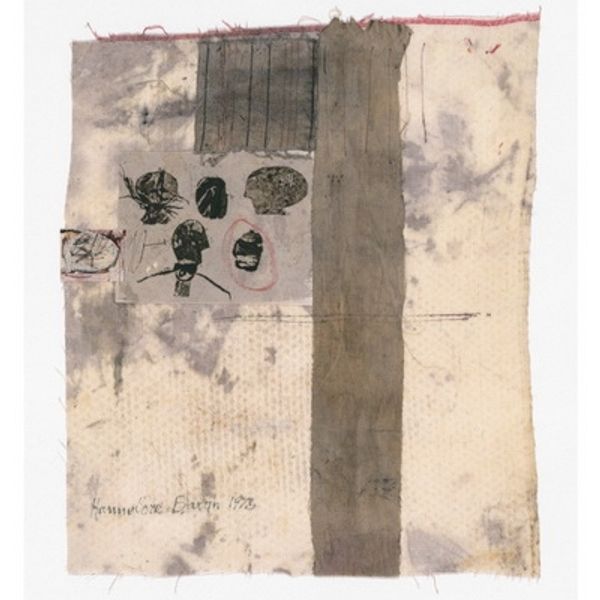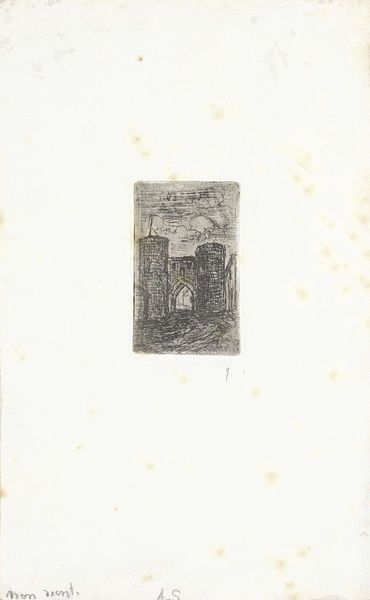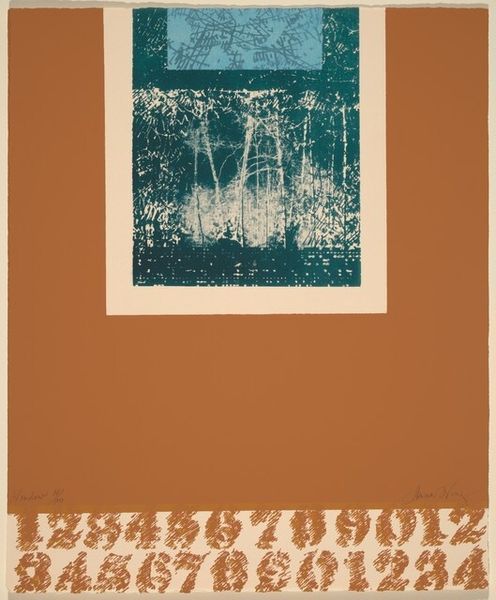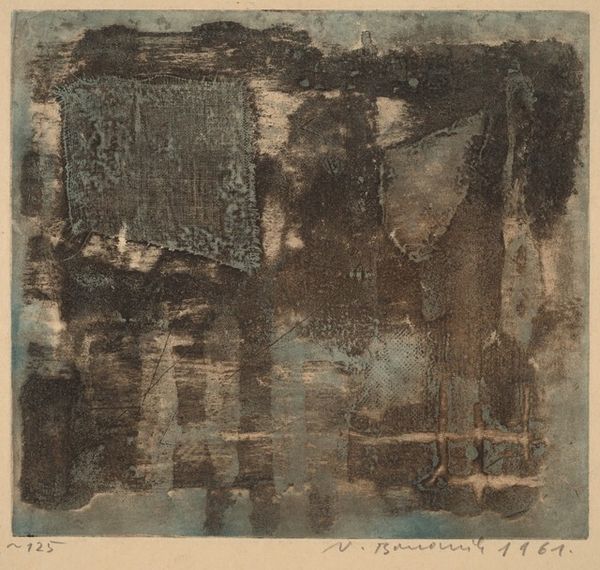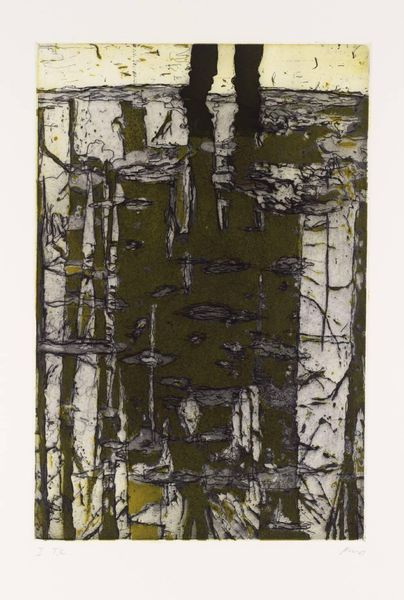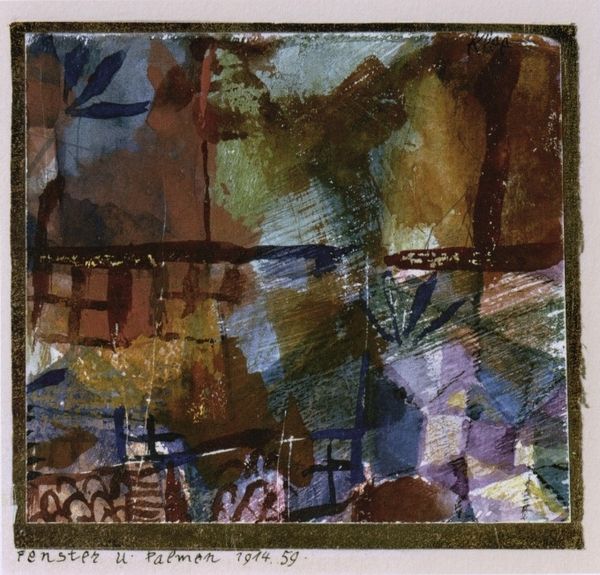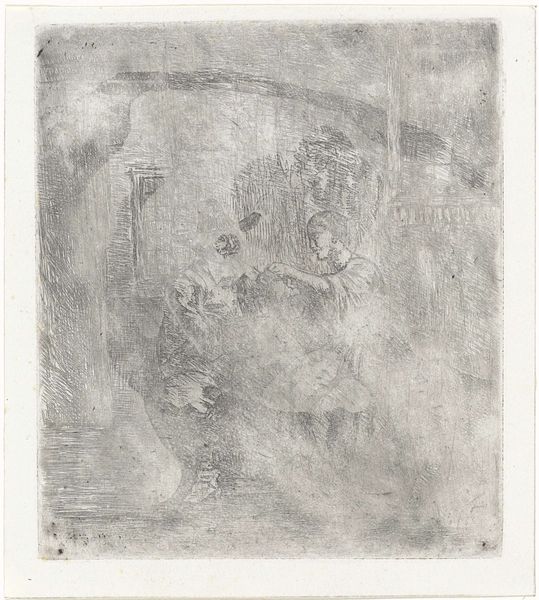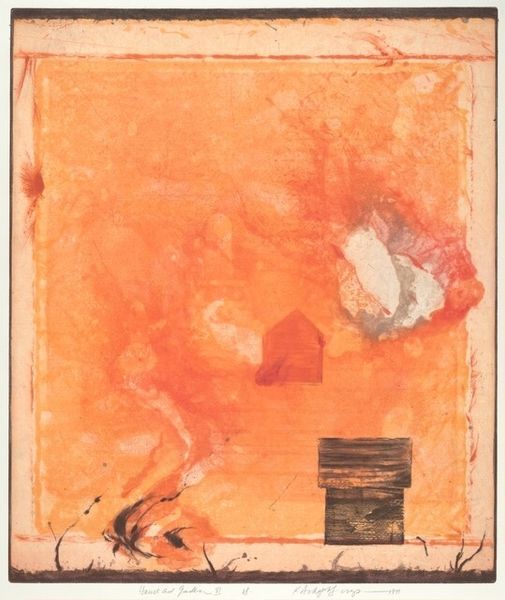
painting, watercolor, architecture
#
neoclacissism
#
painting
#
landscape
#
watercolor
#
cityscape
#
architecture
Dimensions: height 50 mm, width 42 mm
Copyright: Rijks Museum: Open Domain
Curator: This is Victor Jean Nicolle's watercolor, "Ruïne van een antiek badhuis," created between 1787 and 1811. Editor: It has a wonderfully melancholic feeling to it, doesn’t it? The composition, particularly the vertical emphasis and subtle gradations in tone, immediately create a sense of longing and quiet reflection. Curator: The melancholic mood is no accident. Nicolle, working in the era of neoclassicism, often depicted Roman ruins as symbols of past grandeur and inevitable decay. The antique bathhouse isn't just architecture, it represents the transience of empires. Editor: Note how Nicolle uses the geometry of the arches as a repeating visual motif. This semiotic device communicates permanence and the march of time. What do you make of the lone figure in the foreground? Curator: The lone figure underscores this theme of temporality, wouldn’t you agree? Dwarfed by the immensity of the decaying structure, the figure symbolizes humanity's relationship to the vast sweep of history. We’re just transient visitors in this enduring landscape of crumbling grandeur. Editor: The way the light washes over the brickwork also softens the overall texture, as if eroding the forms right before your eyes. I would also argue that Nicolle is interested in deconstructing architectural conventions of his time and signaling the ruin as something beautiful, and worth documenting. Curator: Absolutely. The crumbling brick, the overgrown vegetation – these are all potent symbols. It is a romantic vision of neoclassicism, where beauty is born out of ruin and the slow weathering of time. In a way, the artwork evokes feelings not just about the building's literal demise, but also hints at the impermanence of our own achievements. Editor: For me, this work uses the motif of ruin as an exploration of mortality and time’s transformative impact. What an interesting way to make it an inquiry into material form as well. Curator: Yes, through his rendering, Nicolle asks us to consider how societies remember—and what is eventually lost. A humbling work of contemplation and artistry.
Comments
No comments
Be the first to comment and join the conversation on the ultimate creative platform.

